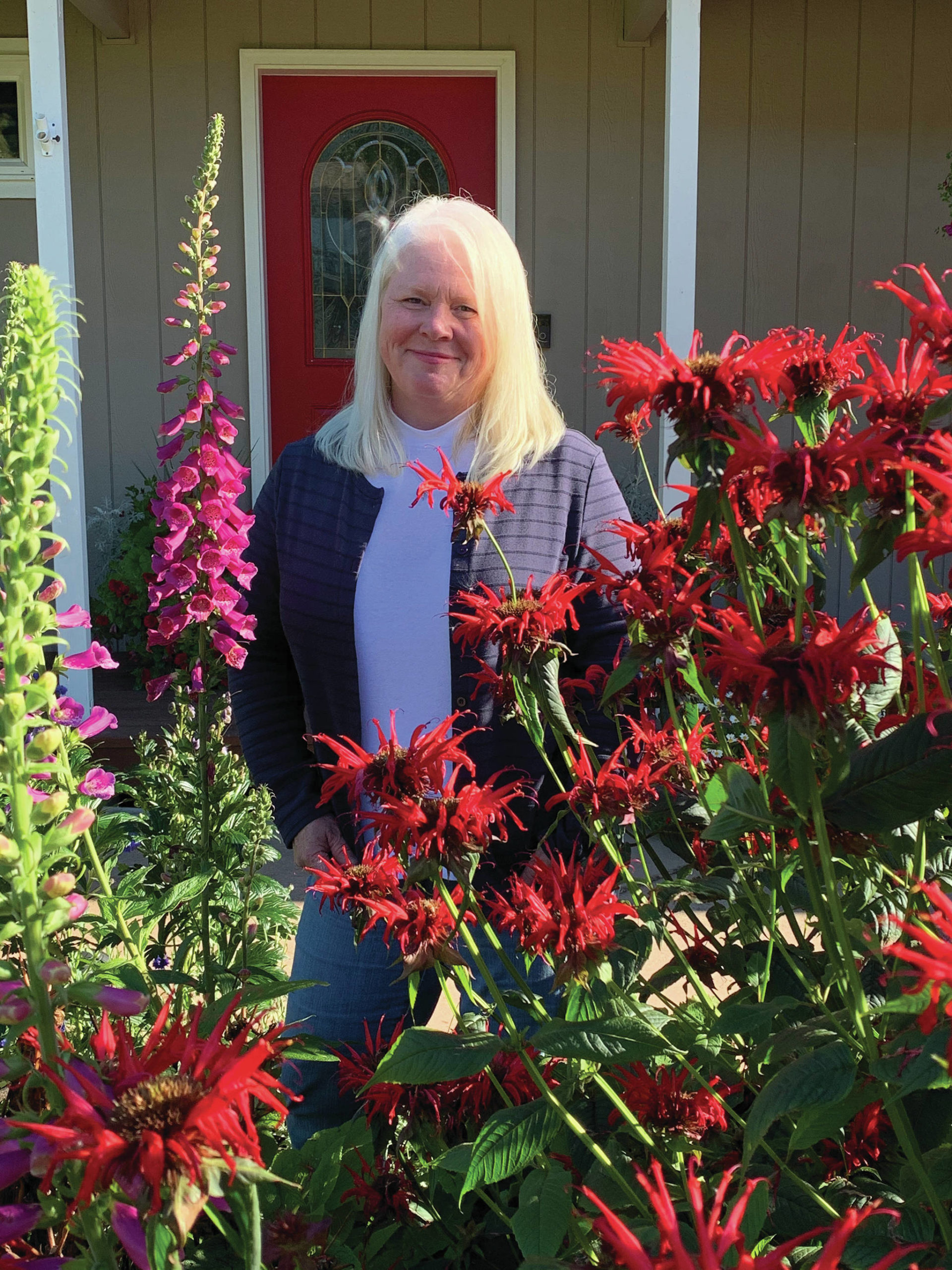The vegetable plot is keeping me busy, to put it mildly.
Now that the first planting of broccoli has been harvested and thoroughly gleaned, the plants have been uprooted, chopped and added to the compost pile. Never ever have I seen such huge plants. Their root balls were normal but the mass of foliage, the size of the stalk and all the secondary growth was truly amazing. There just wasn’t any more broccoli to harvest — which brings me to the second and third rounds of broccoli that were planted in a panic, thinking that we wouldn’t be getting much of anything due to rodentia/bird damage.
Well, what an excellent experiment this has proven to be. We have oodles of broccoli and, if the weather holds, will be enjoying fresh for at least another month. Same goes for the romanesque cauliflower. Next growing season, the planning will be tighter and calmer. I’ve always wanted to stagger the planting of the cole crops but haven’t taken the time. Next year I think I’ll start another crop one month after the first. Always something to look forward to.
The Brussels sprouts have been an abysmal bust. I managed to salvage a medium bowlful but what a waste of time and effort. I have read up on this and the only thing that points to failure is not enough water.
The potatoes are tucked away. I cut the number of plants in half; the lack of storage space dictates how much I can hold over. Still waiting on the onions to look a little more ready to be pulled.
The garlic is gorgeous as are the shallots. Again, these are all harvested and successfully drying downstairs. The new order of garlic has arrived and I’ll be watching the weather for the opportune time to plant them, probably later this month.
Our granddaughter Flora helped me pull carrots that were split. She particularly appreciated the slugs that had found a haven within the cracks. Slugs eliminated, the carrots were chopped and thrown on the compost. The rest of them (and there are oodles) will wait for cooler weather when the storage will be more opportune. In the meantime we are all enjoying very delicious carrots.
The artichoke is interesting this year. Only one plant instead of the usual two, believe it or not. Two plants are just too many artichokes. But this year the main bud, which is the largest with the rest getting progressively smaller, has a companion, hence neither is achieving a grand size, but are certainly adequate. If you have yet to grow your own artichoke, put it on your list for next year. I raise Green Globe which in the real world is a perennial. Every year I do this and that in an attempt to hold over the plant but have had zero success; thus, a new plant every year. They are easy to start the end of February when you get your tomatoes and alliums going. Keep this in mind. The only drawback is the size of the plant. Once they are established in your plot they become monsters. Give them plenty of room. I have one per 3-foot square bed. They are worth it.
We have shut down the greenhouse for the season. The bins have been emptied and refilled with compost so they are ready to go in April. I tucked a few lettuce starts in one bed and there is a pot of basil out there that seems to be doing fine. We have had a feast of tomatoes, cucumbers and bush green beans all season. That is one hardworking greenhouse and I am forever thankful to have it.
On to the perennial beds. They look forlorn, not enough late season color. I battle this every year and, apparently, lose. I have been given a handful of liatris tubers that had been started this spring and are looking strong. They are now settled into the West Garden that has so many empty spots where spring bulbs flourish, but I have yet to figure what to fill in with. Liatris it is. Upright and purple they should do the trick. We’ll see how they fare with winter.
The hydrangea paniculata PeeGee that has been anchoring one end of the West Garden for 20 years is putting on her show. What’s not to appreciate with a late bloomer that produces such lovely blooms. Excellent.
The California poppy Bridal Bouquet and Rosa Romanitca are still lovely. I have stopped deadheading (cutting off the spent bloom) and am allowing the seed pods to form and probably sow seed for next year. There is nothing as satisfactory as a self-sowing annual, you never know where they will pop up in the spring.
The same goes for Foxy foxglove but this one is a double edged sword. When they work they are wondrous, when they don’t – well, they just don’t exist. I don’t know from one season to the next if they will survive the winter. I’ve tried mulching them but they are here and there and I don’t want to mulch the whole bed. Some years they make it through the winter on their own, and when that happens they are huge and lovely. Then there are the years when they successfully self-sow and, goodness, they are everywhere and need to be thinned. They are worth the effort.
Stop deadheading. You want your annuals to go to seed and grace your perennial beds come spring. Some seed heads are too gorgeous to cut down just yet. For instance the thalictrum, which can produce way too many seeds, have a beautiful seed head that I just can’t give up quite yet. I’ll pay the price with an overabundance of seedlings in the spring but they are easy enough to pull out.
Keep gardening; the season is far from over.
Rosemary Fitzpatrick is a longtime Homer gardener and has been writing Kachemak Gardener since 1990.


